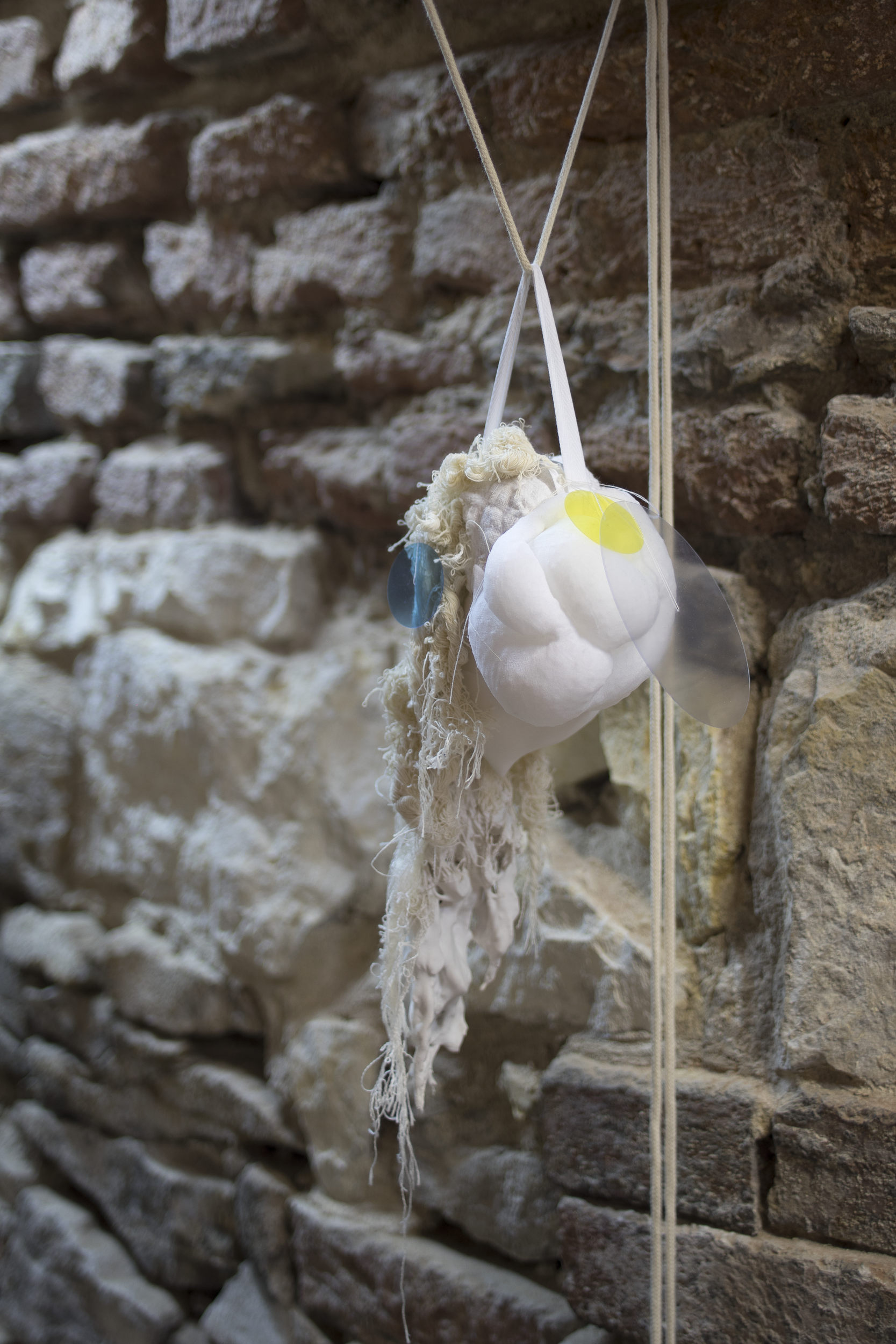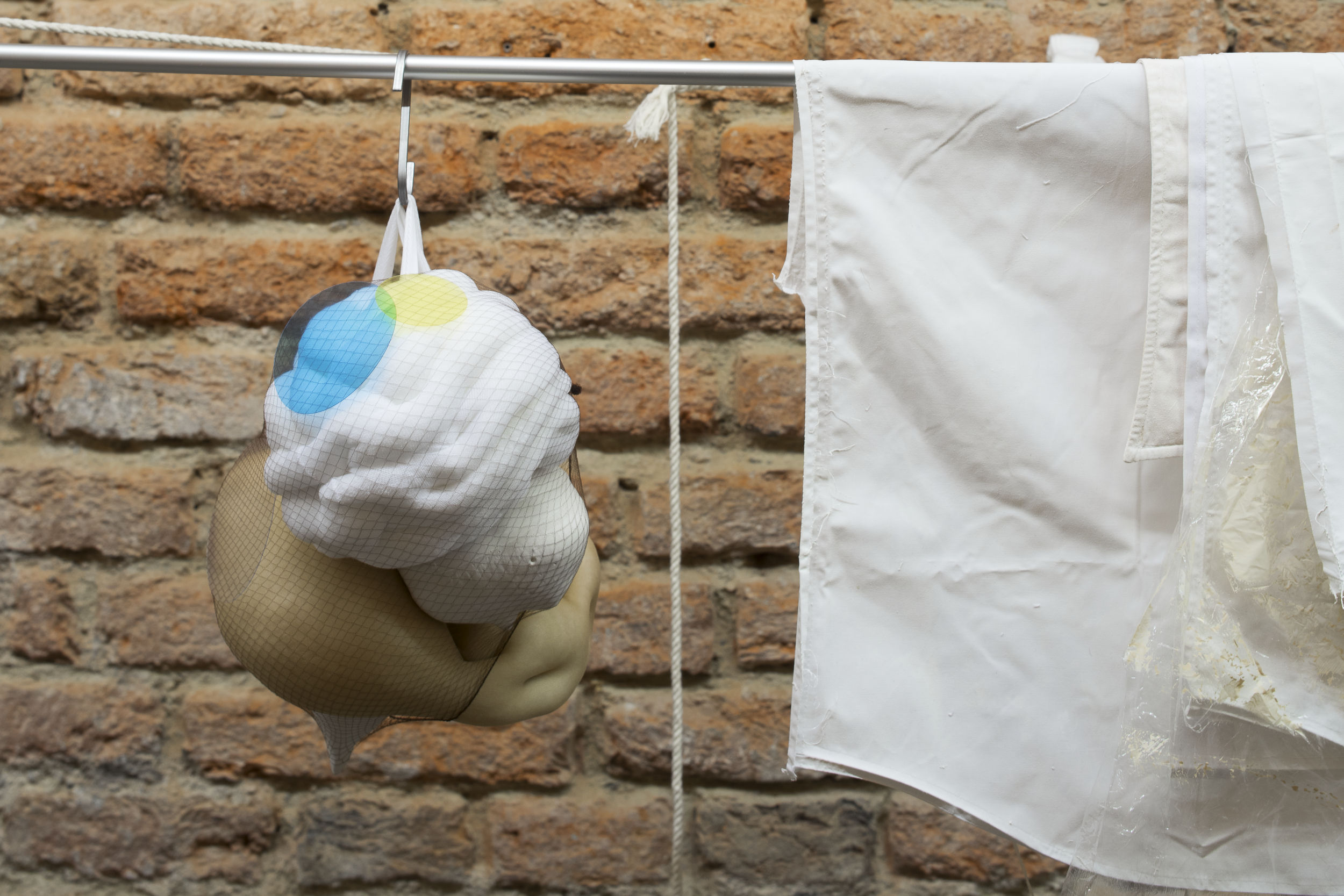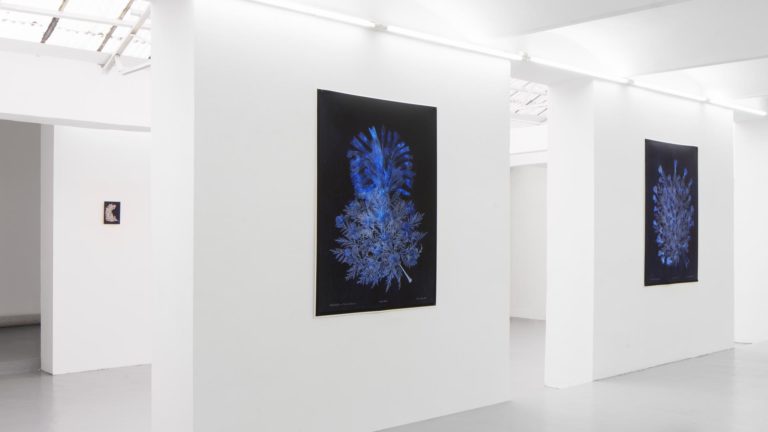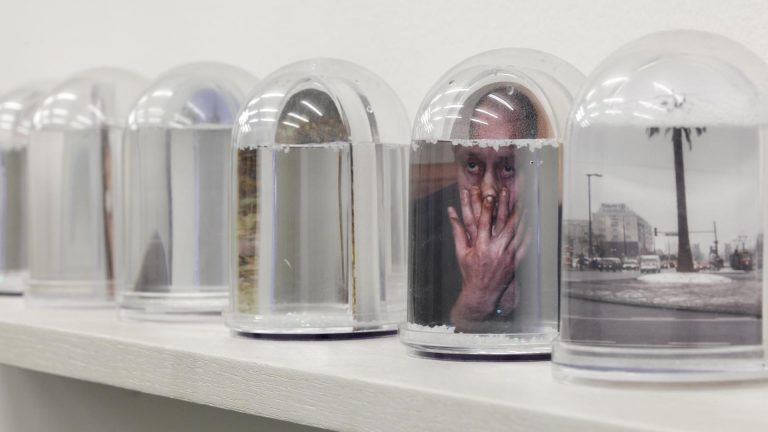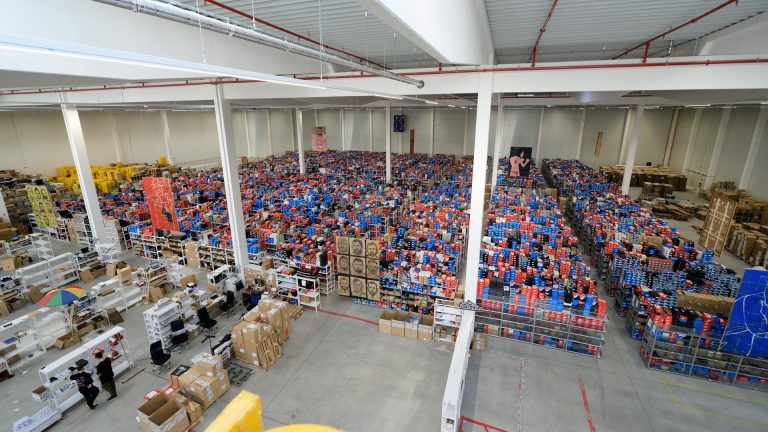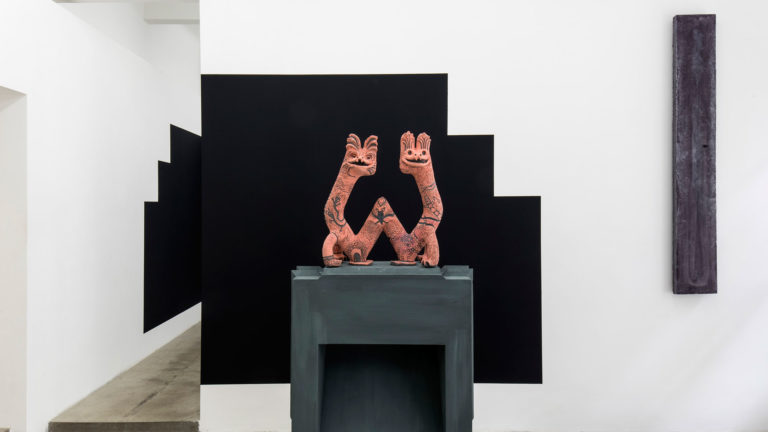Artist: Denisa Lehocká
Curated by: Michal Novotný
Venue: Futura, Prague, The Czech Republic
Date: April 24 – June 17, 2018
Photography: all images copyright and courtesy of the artist and Futura
Denisa Lehocká prepared for FUTURA space new sculptural installation of intuitively processual works. Lehocká creates volumes somewhere in between organic and shaped form, thread winding twisted rag pieces hundred and hundred times and followingly dipping the created object repetitively every day into a bath of liquid plaster, quilting, stitching or coating. Resulting cocoon like, layered limbs, that keeps warm and memory as somehow an enclosed diary of emotions, Lehocká’s work has something of a female tradition emphasizing the social dimensions of corporeality, somehow therapeutic, healing almost bandaging undertone, but also certain meditative, ritualistic spirituality of a rhythmic non-rationalised gesture.
Some of the cocoons in FUTURA now have additional layers whose associations oscillate vaguely between a burden – a load they stumble under but carry humbly – and a piece of clothing or protection which hugs and tightly embraces them, similarly to a child swaddled. Some are decorated, bejewelled, be it with colourful plastic pieces, while others feature flat geometric elements reminding of cattle tags or convicts’ signs. Other cocoons and elements were caught, in an intertwined hug, into transparent nets – seductive tights. Some, reminding of flipping fish, got stuck in the firm mesh. Elsewhere, additional elements remind of the tired flesh of overweight bodies: they belong to them yet are external, calling to be cut off.
The installation, interconnecting cocoons by a system of ropes and threads chosen, it seems, by their softness and resistance, reminds, in Lehocká’s words, of an arabesque. Situated on the border of what’s written or at least read in relationships, and associating organically intertwined runners of plants, the arabesque has an exact construction composition. Its connections remind of a fragile balance of weights as well as of a well organised set of tools, always at hand. The viewer can only guess whether this is a result of a past event or an obsessive preparation for one to come. Textures, colour scale and its haptic quality suggest an intimate, soft, homely act of tying, cutting and fragmenting, perhaps even obsessive folding of textiles, which is perhaps closer to the position of obsessive suspension.
The screening onto the map of the space reminds of central flash. By making the installation more dense in the central part of the long corridor and less so at its edges, Lehocká interrupted the corridor’s natural narrative sequences and its walk-like linear temporality, and, making use of the light, transferred the installation onto the border between the different intensities. All suspensions make use of already existing perforations – remnants of 15 years of the gallery’s operation.

